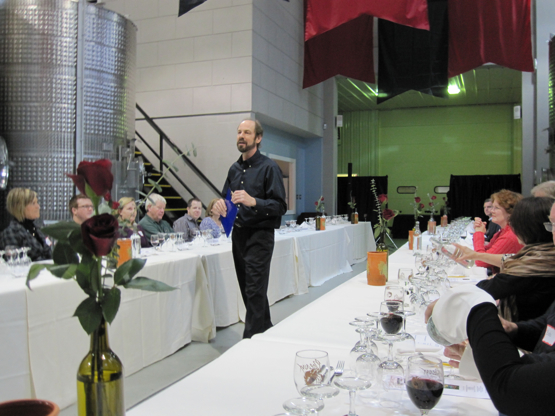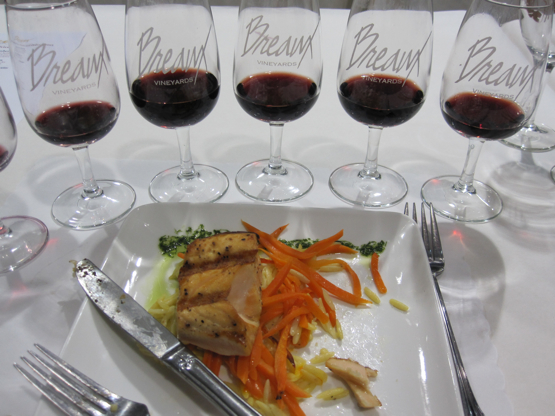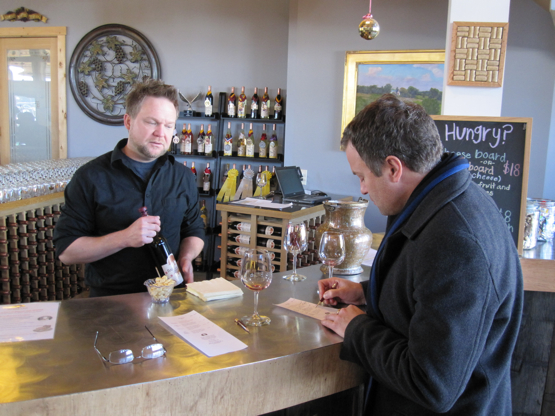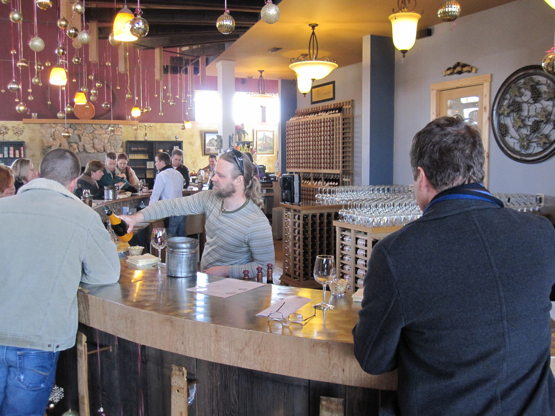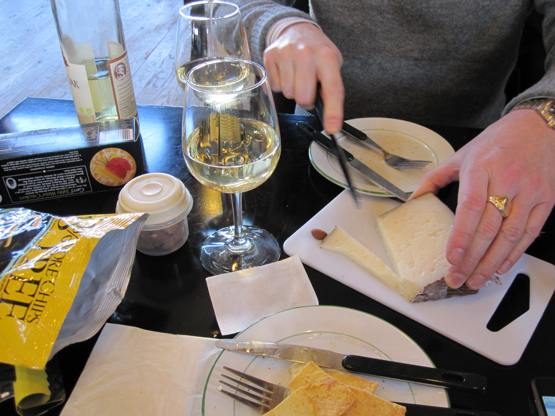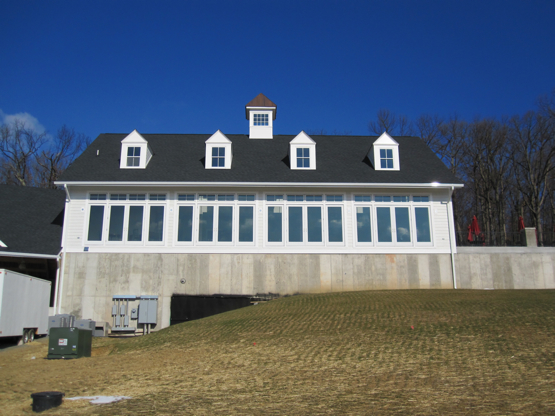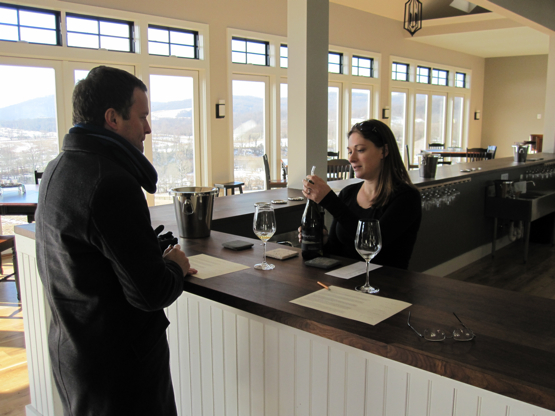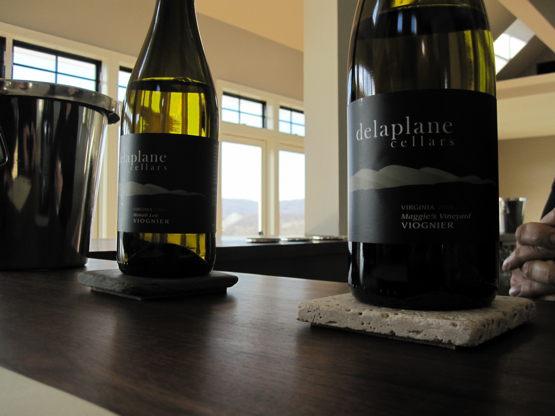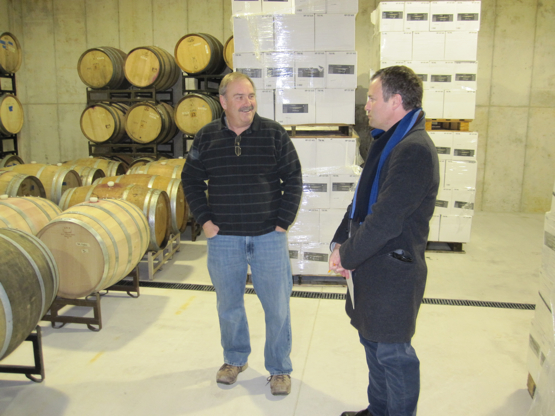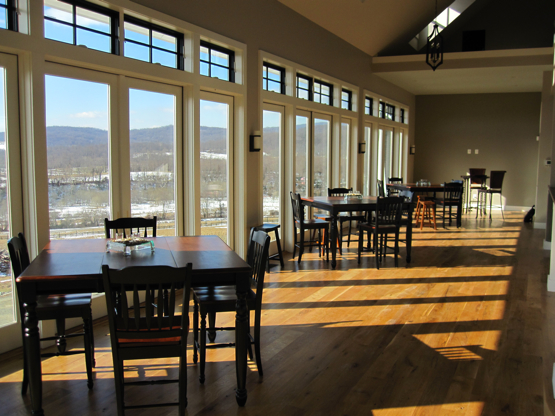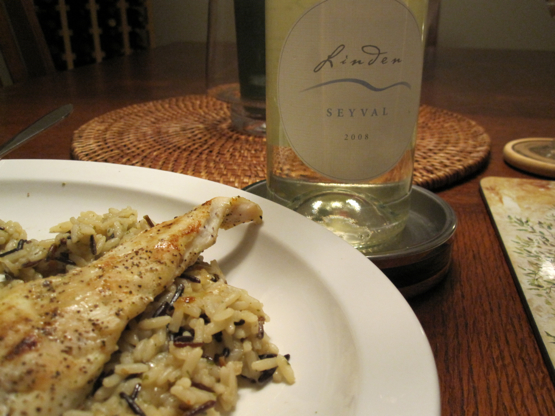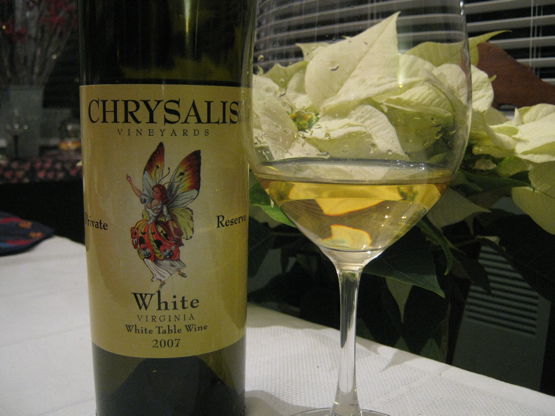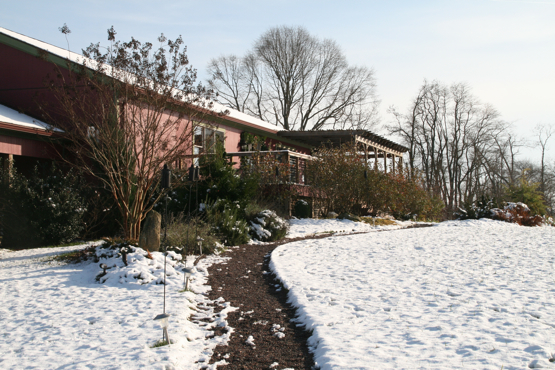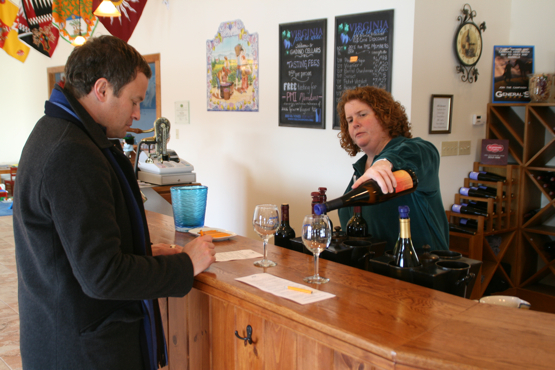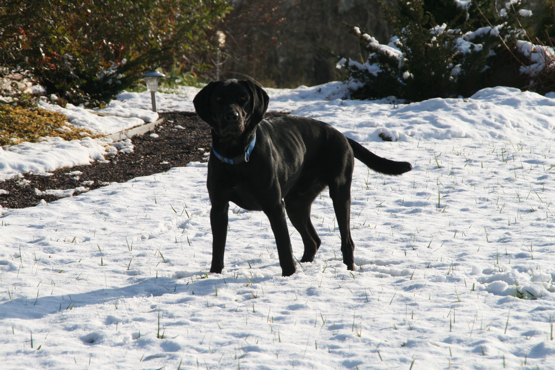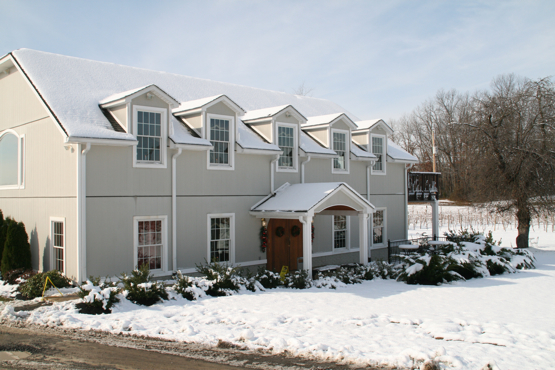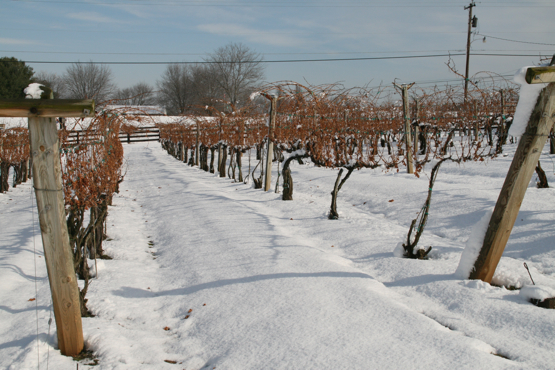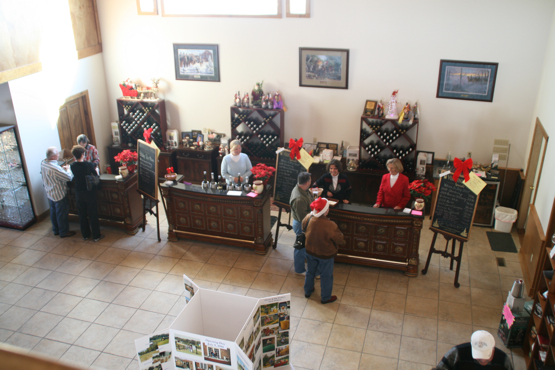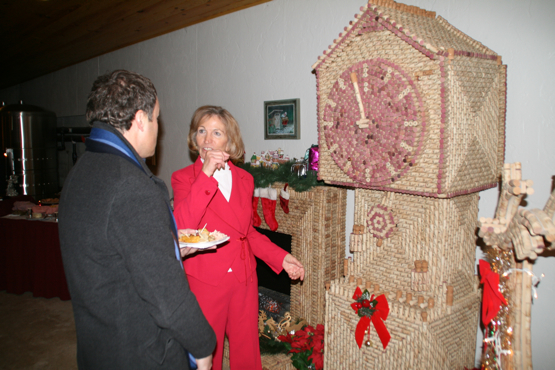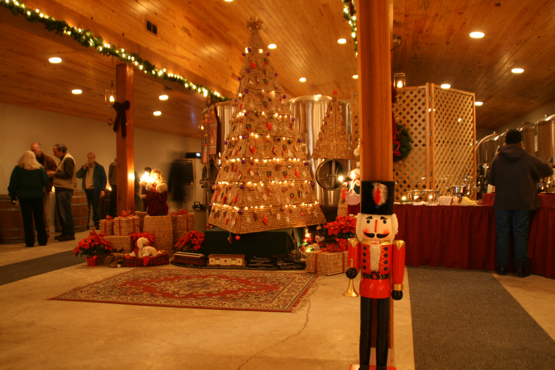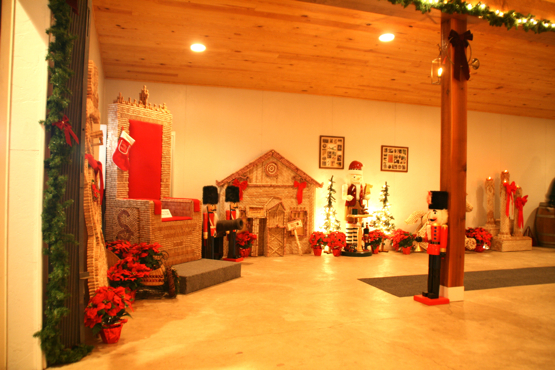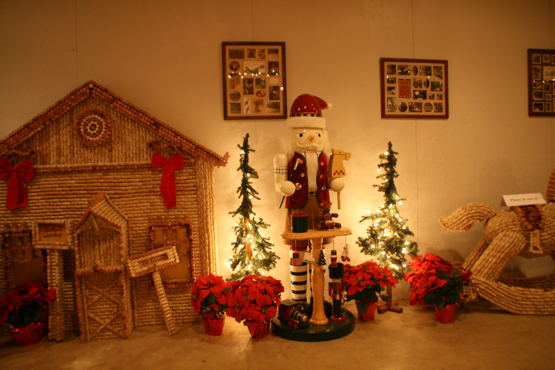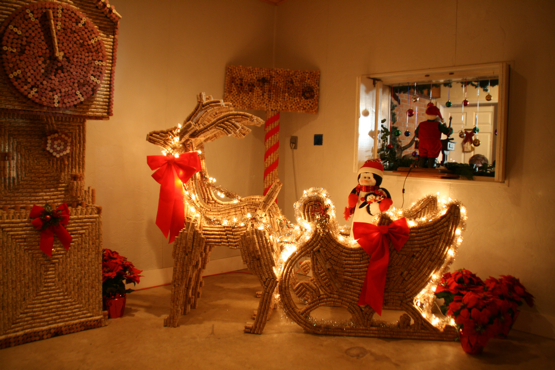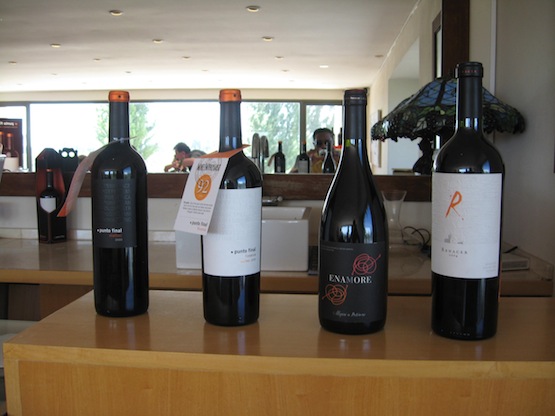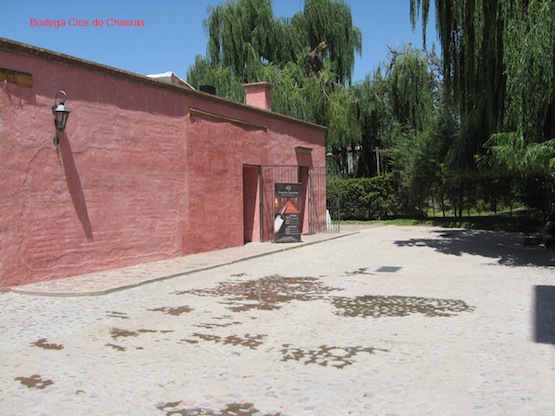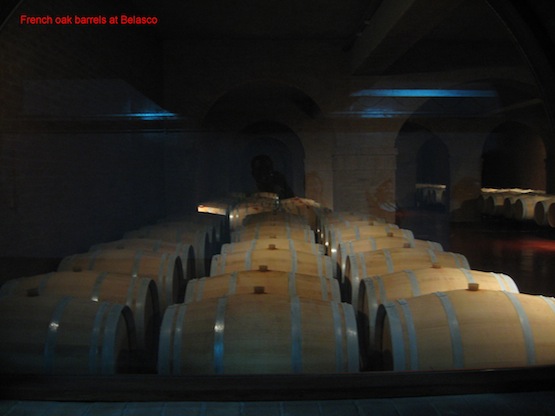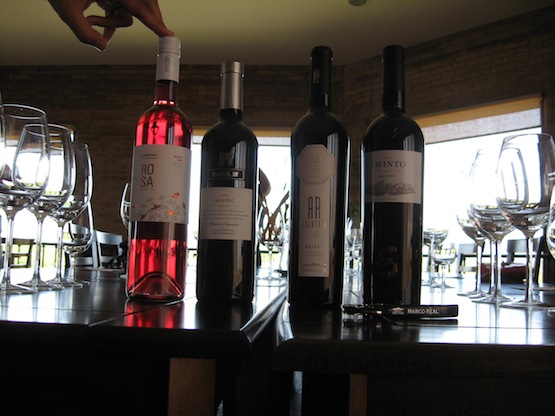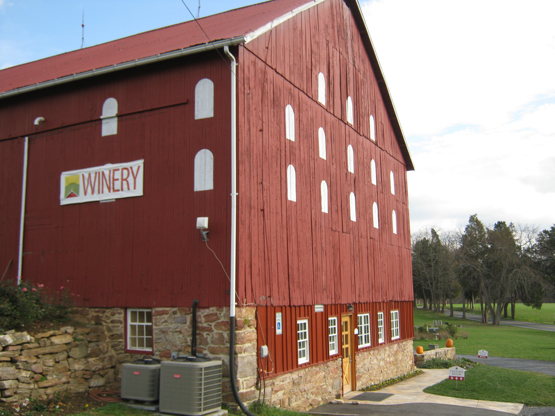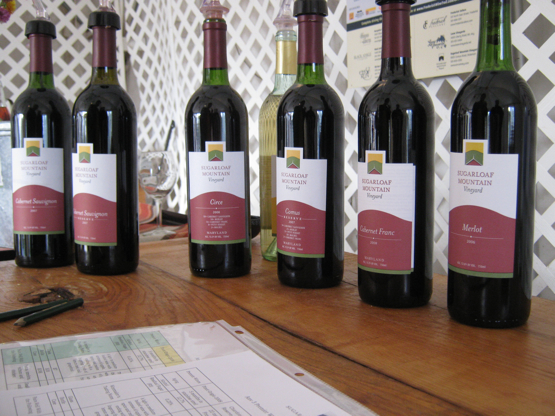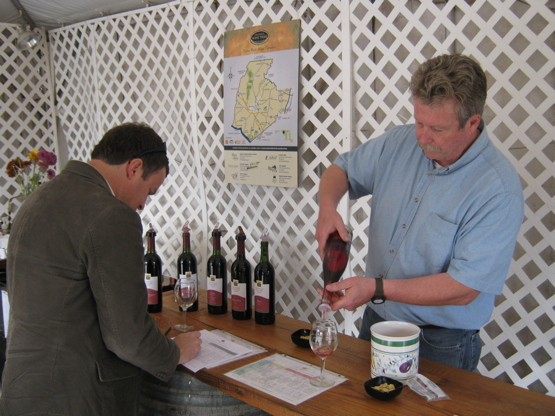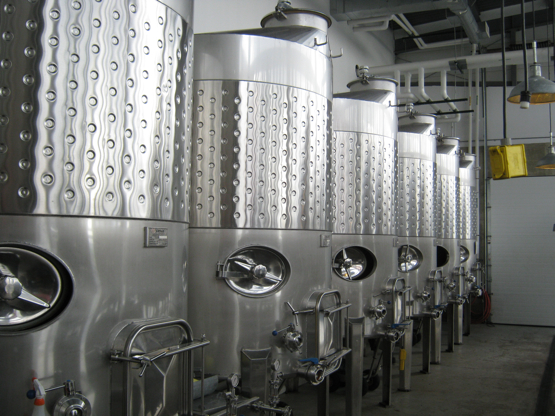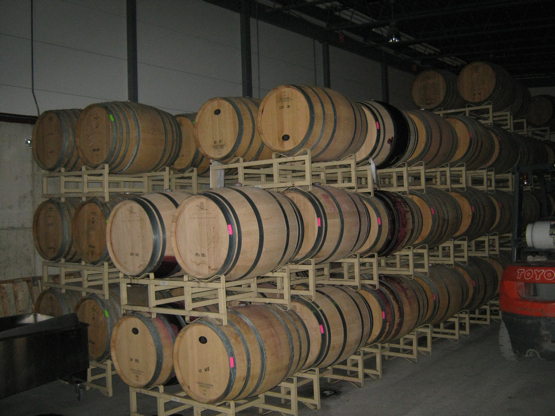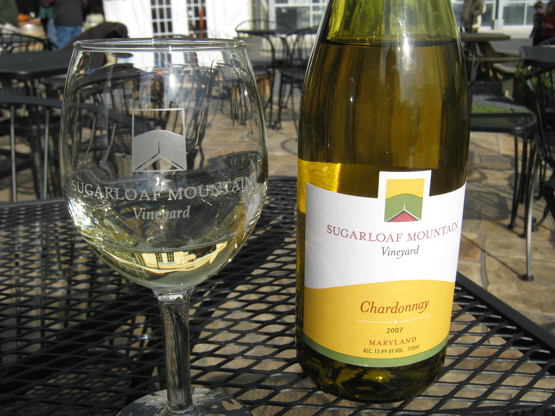https://www.emilymunday.co.uk/z4lk40c7gf This past Saturday, we attended a vertical tasting of Cabernet Sauvignon at Breaux Vineyards. Samples from previous and current vintages were paired with appropriate food courses. On hand to present the wines and their profiles was winemaker David Collins.
https://www.tomolpack.com/2025/03/11/wc7dh5p62fy 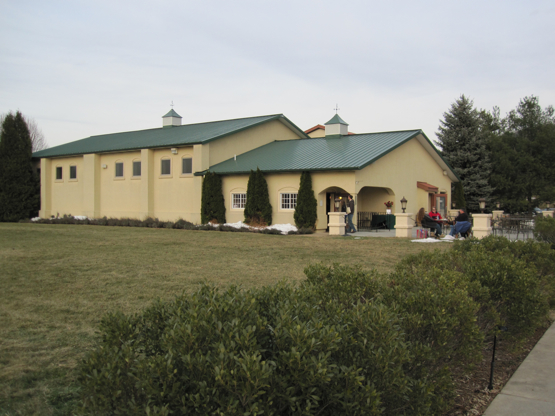
For those who may not know, a vertical tasting is a tasting of wine of the same variety but from different years. In this case, Breaux Vineyards presented a vertical tasting of Cabernet Sauvignon that included the 2001, 2002, 2005, and 2006 vintages with barrel samples from the 2007 and 2008 vintages. However, the event started with guests receiving a sample pour of the 2006 Meritage as they made their way to the tables. This younger, fruit-forward blend was the perfect way to begin as it prepared palates for the more full-bodied offerings to follow.
https://chemxtree.com/hbd37c8mvtd 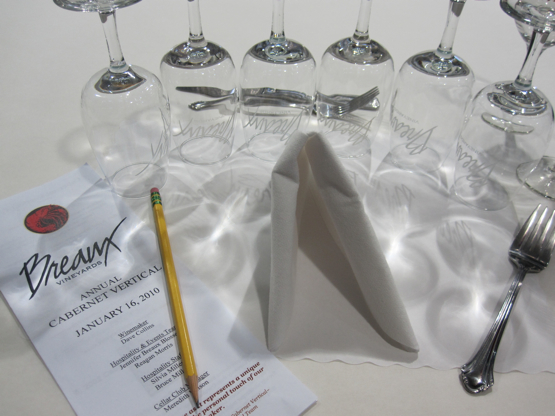
The first wines offered for sample were the barrel samples, the 2008 and 2007. Both were still very young with the 2008 very tight on the nose; of course, this is to be expected with such a young wine still in its developmental stages. The 2007 barrel sample has signs of potential greatness with its characteristics of dark fruit and cedar. A tannic presence still prevails, but this will smooth with time. Both wines paired nicely with the braised beef rib served over polenta; this course included a sinful chocolate truffle that I thought took the tannic edge off of both barrel samples while bringing forward the fruit characters.
Zolpidem Online Shop The second course featured my favorite dish of the evening—pork wellington served over wild rise and a pomegranate crème fraiche. An interesting twist to the wellington was the inclusion of a layer of mushroom slices between the pork and pastry shell. This added a layer of earthiness to the flavor profile which perhaps was why this course was partnered with the earthier 2006 and 2005 vintages. Of these vintages, my preferred the 2006; however, both vintages offered aromas that I described as leather and tobacco with tannins still more pronounced in the mouth.
Zolpidem Sleeping Tablets Buy The third course featured my favorite wines of the evening—the 2002 and 2001 vintages. In fact, my gold star of the evening was given to the 2002 Cabernet Sauvignon. Here now was the melding of fruit character and tannins to present a more complex wine with a nice, long finish. I detected some smokiness on the nose with dark plum, black cherry, and mocha in the mouth. Nice, silky tannins, too! “Excellent” sums it up! Oh—the food pairing was just as excellent. Grilled salmon over saffron rice served aside a chive rosewater-infused oil pecorino-romano. The 2001 was a close second for me; the fruit profile here was more extracted than the 2002 which no doubt came with the extra year of aging.
The evening ended with lagniappe, which in New Orleans means “bonus”. Our bonus pour was the 2009 Cabernet Rose, a tank sample of an upcoming rose offering. Another “still young” sample, this rose should settle down quite nicely in time for summer.
https://www.infoturismiamoci.com/2025/03/xcy6nynq6 So what was the final vote for the vertical tasting? Did Paul award any gold stars?My final verdict was as follows: *2002, 2001, 2007, 2006, 2005. Paul’s vote went like this: *2001, 2002, 2007, 2005, 2006. Neither of us included the 2008 in the mix since it was still too young to judge; we wanted to be fair to the 2008 vintage!
https://www.onoranzefunebriurbino.com/ihz468x These events are always fund and informative. For winemakers, it’s an opportunity to showcase wines from several vintages with each vintage the result of varying circumstances not the least of which is the weather. It was to surprise, for example, that the 2007 barrel sample presented quite nicely; that year was one of the best in Virginia with weather conditions resembling those of Napa in California.
Dangers Of Buying Ambien Online The evening flew by too quickly. We caught up with Jennifer Breaux Blosser who heads the hospitality and events team at Breaux Vineyards and Sylvia Miller, one of our favorite tasting associates at Breaux Vineyards. We also met SuzieLin (one of our Twitter buddies) and Joel Timmins for the Examiner. It was great meeting them and chatting about the vertical tasting.
https://hazenfoundation.org/r6xqavj Be sure to visit Breaux Vineyards, and do inquire about events such as this vertical tasting to learn more about Virginia wines through the years. Please mention that Virginia Wine Time sent you.
